Affiliate links on Android Authority may earn us a commission. Learn more.
Here's what we expect from smartphones in 2024
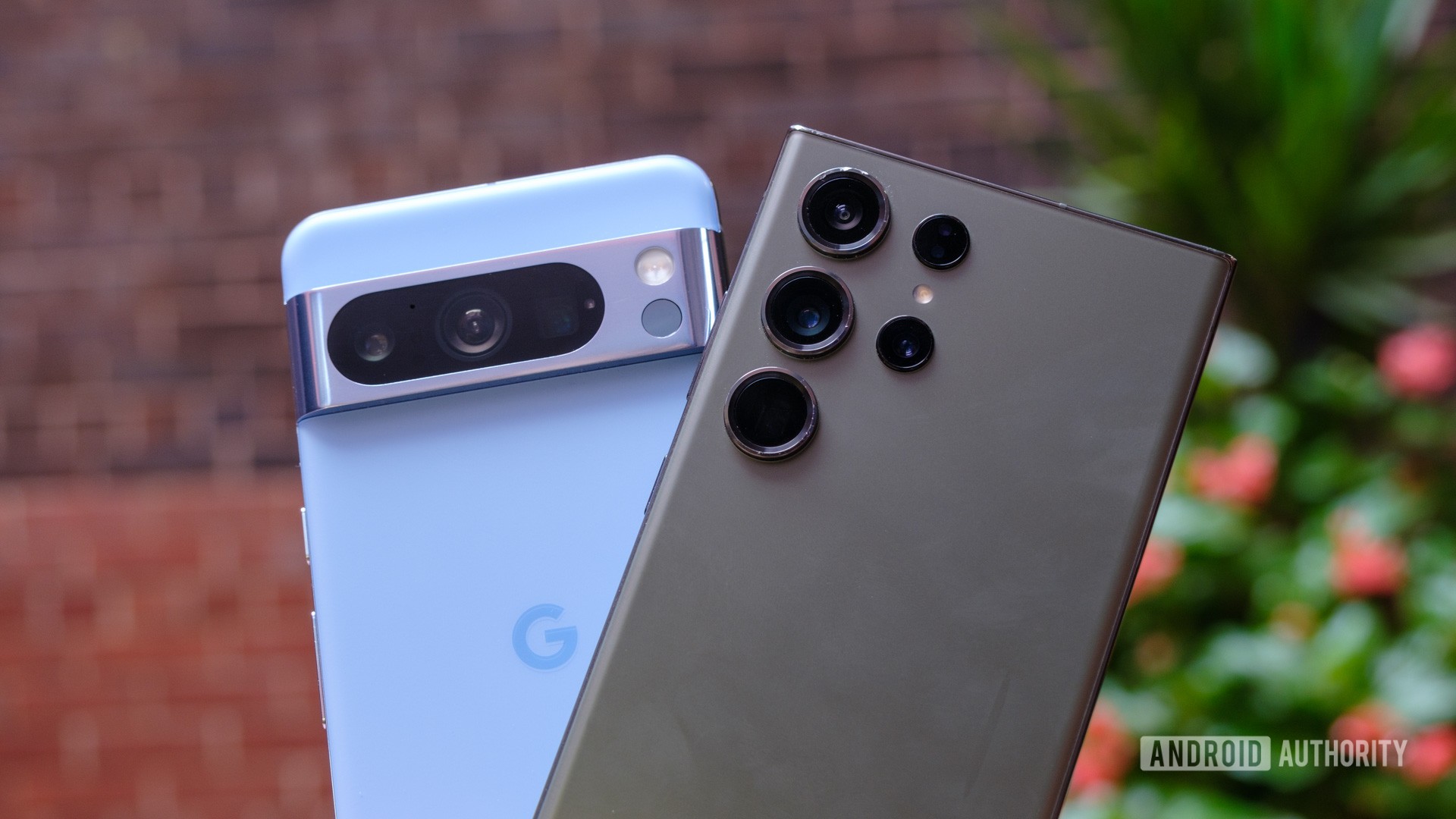
2023 was a pretty solid year as far as the smartphone industry was concerned. Handset shipments might be in a slump, but that doesn’t mean there aren’t reasons to be positive as a potential consumer.
We saw some excellent Android phones across the board, competition in the foldable phone space, and the continued democratization of flagship features in cheaper handsets.
What does 2024 hold for the smartphone industry, though? Here’s what we expect to see next year.
Generative AI is the big one
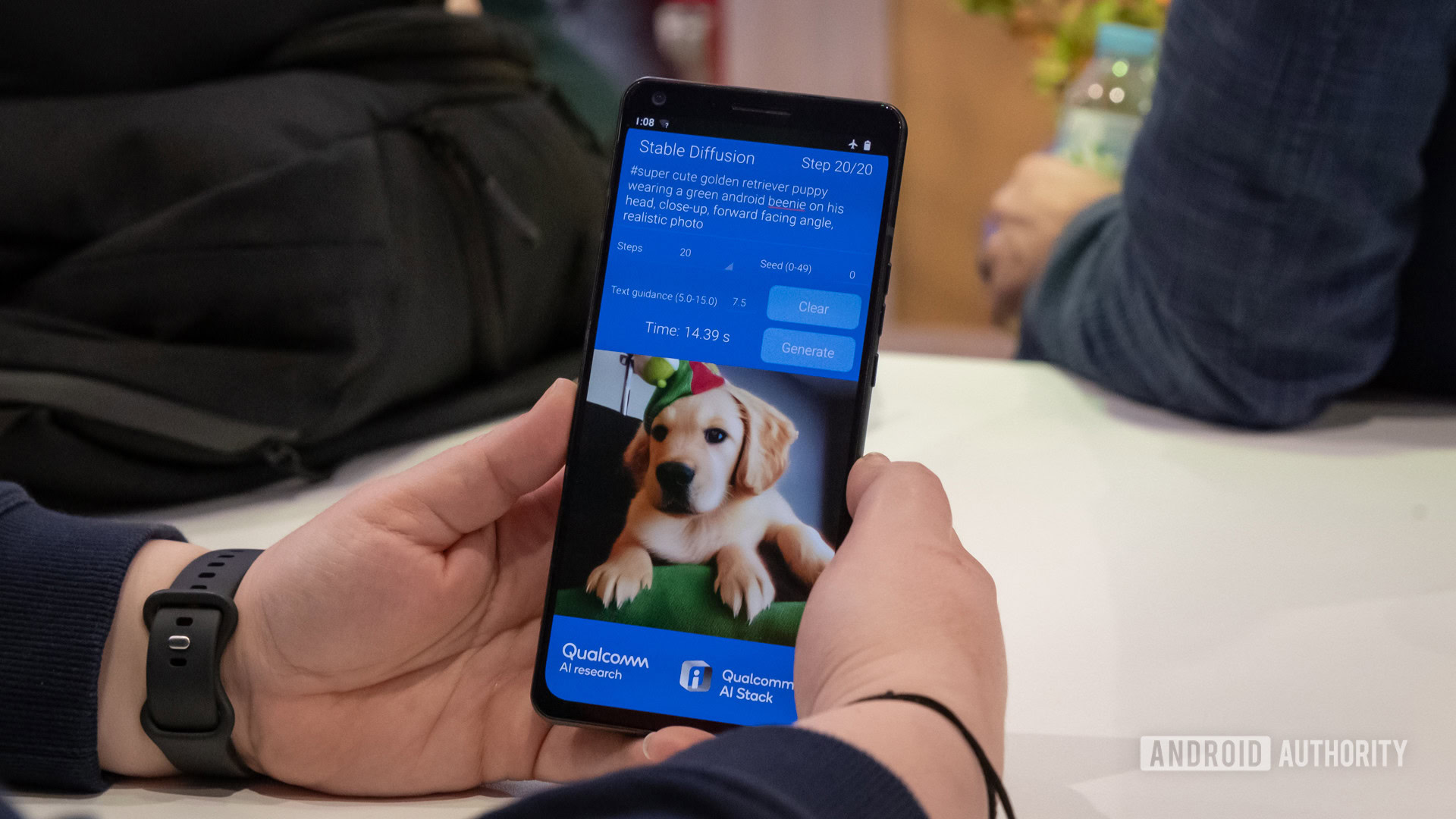
Was there ever any doubt that generative AI would make the list? The entire industry has been pushing it in a big way, and 2024’s flagship silicon — the Snapdragon 8 Gen 3, MediaTek Dimensity 9300, and Samsung Exynos 2400 — all sported improved AI hardware to accelerate this growing trend.
There’s, therefore, a high chance that if you’re buying a new flagship Android phone in 2024, it’ll have the hardware to offer speedy generative AI capabilities.
More specifically, we’ve seen the industry touting features like super-fast text-to-image generation, portraits with generative AI backgrounds, and advanced photo editing suites like Magic Editor. Qualcomm even goes as far as to boast photo expansion (expanding the borders of a photo with AI), with Samsung’s One UI 6.1 tipped to offer this feature too.
Generative AI will undoubtedly be a major theme for 2024's smartphones.
There’s more to generative AI than basic text/image generation. For example, Samsung says its Galaxy AI suite can offer real-time translation during calls, while a leak suggests that the company could even offer a text summary of your phone calls. Google is also touting a Zoom Enhance feature that allows you to zoom in on pictures after the fact.
MediaTek says its new Dimensity 8300 Ultra chip offers generative AI support too, meaning we could very well see mid-range phones with more advanced AI features next year.
Either way, we hope Google, in particular, brings more generative AI features on-device. After all, what’s the point of bragging about your chipset’s on-device AI prowess when you’re using the cloud for several features?
More powerful phones, but at what cost?
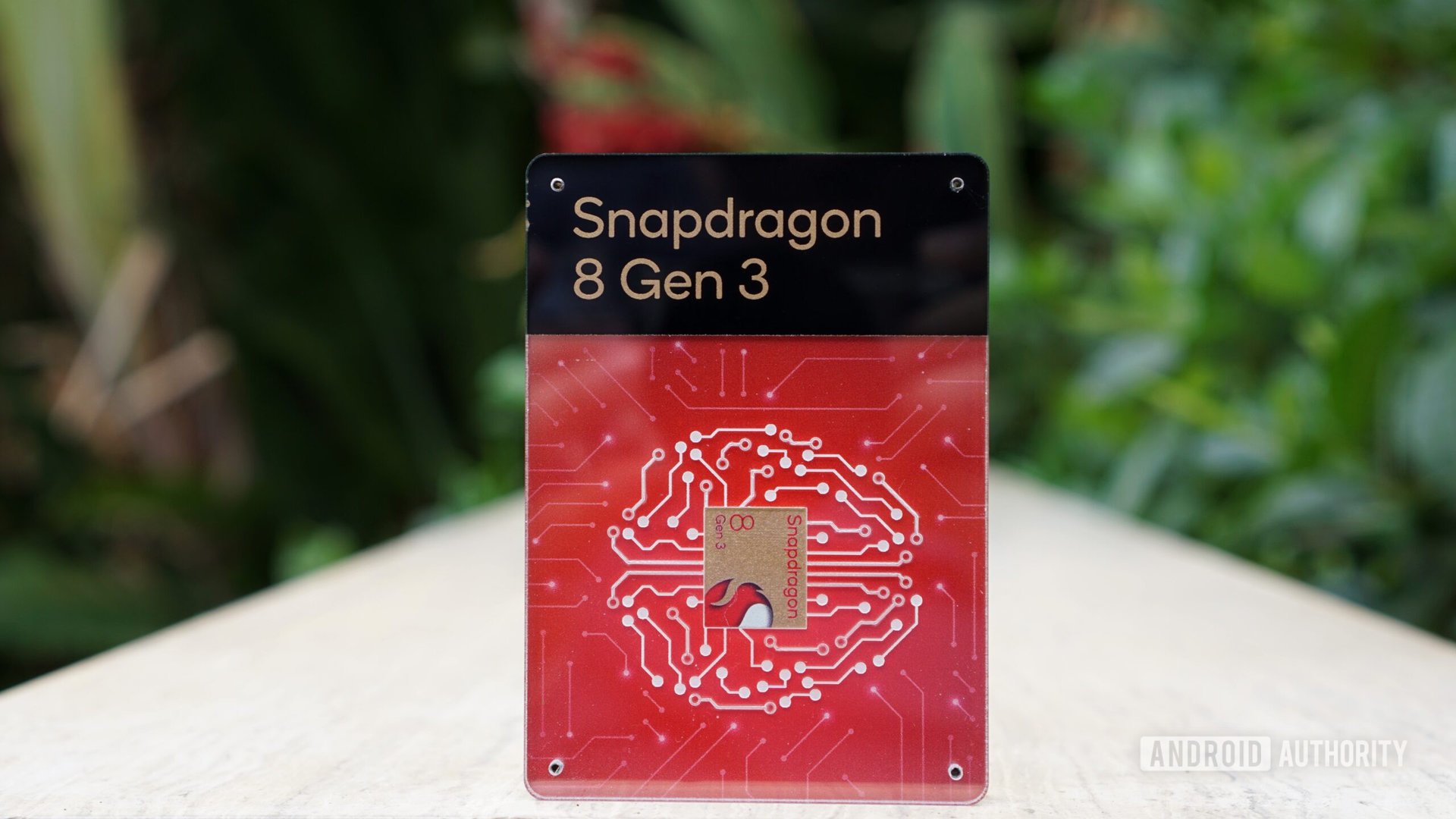
The brand-new Snapdragon 8 Gen 3 and Dimensity 9300 chips are expected to power plenty of high-end Android phones next year. And both are upping the ante in a major way as far as horsepower is concerned.
The Snapdragon 8 Gen 3 offers a 1+5+2 CPU layout, featuring one big core, five medium cores, and two little cores. This means you’ve got one more medium core and one less little core compared to the Snapdragon 8 Gen 2. Based on our Snapdragon 8 Gen 3 benchmarks, we’ve seen a big boost to multi-core performance as a result.
Meanwhile, the Dimensity 9300 is dropping little CPU cores entirely in favor of four big cores and four medium cores. This also results in big multi-core CPU gains, which could be a boon for demanding tasks.
Our preliminary also revealed a healthy boost to peak GPU performance. But it also suggests that all this horsepower could come at a cost in 2024, particularly with the Dimensity 9300. While the Snapdragon 8 Gen 3-powered REDMAGIC 9 Pro and Dimensity 9300-toting vivo X100 Pro deliver big wins in once-off tests, they both saw big drops for sustained performance.
The gaming-focused REDMAGIC handset maintained a disappointing ~67% stability in the Wild Life Stress Test with the cooling fan and performance mode disabled. But that drop is pretty small compared to the vivo handset, which offers a mere ~45% stability.
Of course, stress test benchmarks aren’t a proper reflection of normal phone usage. But we seriously hope other phones using 2024’s flagship silicon deliver better results.
It’s also interesting to note that most (but not all) of the new flagship phones launching with Snapdragon 8 Gen 3 or Dimensity 9300 chips so far are sporting significantly larger batteries. We’re not sure if this is just the natural progression of technology or if OEMs think these SoCs are more power-hungry. Nevertheless, it seems like there could be an increase in battery capacity on the cards in 2024.
Periscope cameras to become more popular
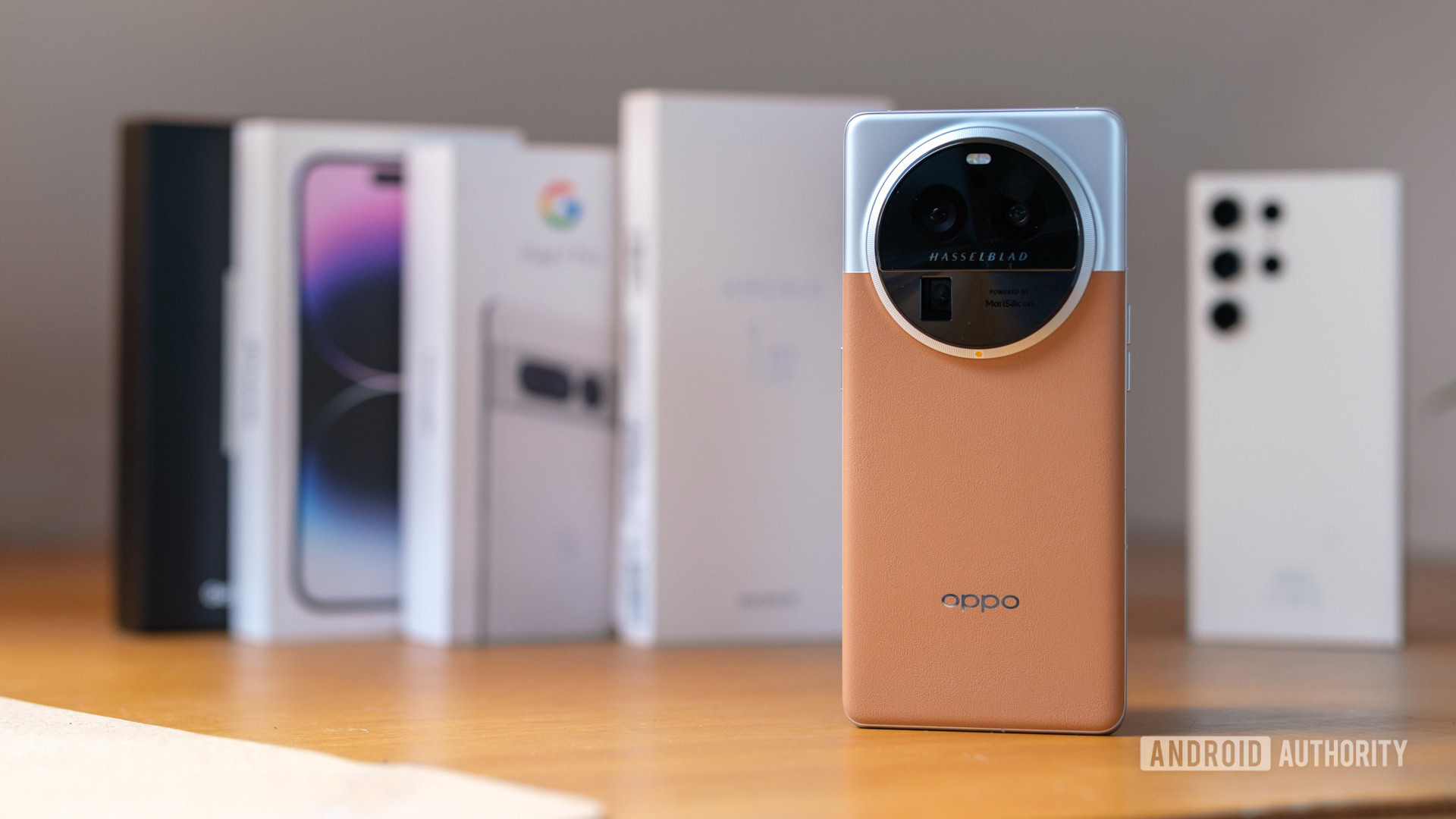
It really looks like 2024 could be the year when periscope cameras become more commonplace on smartphones. We’ve previously seen the likes of HUAWEI, OPPO, Google, Samsung, and most recently Apple offering this tech. Admittedly, that’s a pretty solid list of the big players, but periscope cameras could see even wider adoption next year.
Realme and OnePlus have adopted periscope cameras on their next-gen flagship phones recently. Leaks point to more OnePlus, OPPO, and Realme phones gaining this tech. But we wouldn’t be surprised if other Chinese brands like Xiaomi, Motorola, and vivo bring periscope lenses to cheap phones.
Recently released phones and leaks about upcoming handsets suggests that 2024 could be a big year for camera zoom.
We saw several phones packing periscope cameras with good low-light image quality in 2023, so we’re expecting this trend to continue next year. We’re also poised to see a couple of brands bringing the megapixel wars to periscope cameras. The vivo X100 Pro Plus is rumored to offer a 200MP periscope camera, while an upcoming HONOR flagship is tipped to deliver a 160MP periscope lens. That’s just bonkers.
Then again, the rumored OPPO Find X7 Pro could take a different route altogether. It’s claimed that the phone will adopt two 50MP periscope cameras, namely 3x and 6x shooters.
We’ve also seen more phones using high-resolution main cameras to offer cropped short-range zoom (2x to 3x). Qualcomm camera chief Judd Heape told Android Authority that he sees dedicated 2x telephoto cameras becoming a dying breed in 2024, though. Heape says that 10x and beyond will require folded zoom cameras.
But, I think, 2x [telephoto cameras – ed], there’s probably no point in it now. Because we have enough flexibility with the (main) sensor we can do that.
More foldables, and cheaper ones too?
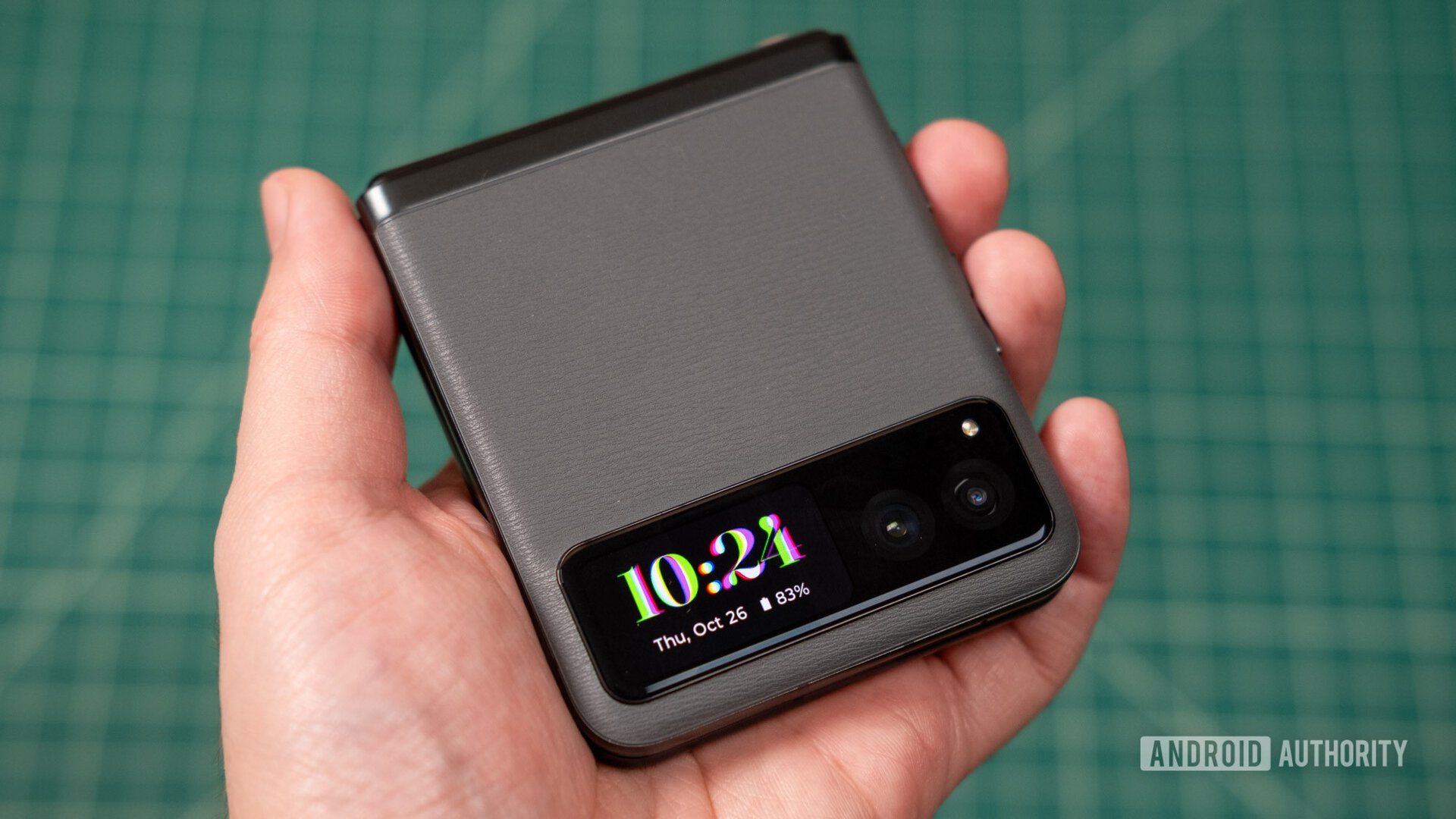
2023 really seemed like the first year that Samsung had a variety of global competition for the best foldable phone. HONOR, OnePlus, Google, Motorola, and even TECNO all finally offered foldables outside China.
It only seems sensible that this momentum will continue in 2024 and that more brands will offer foldables. In fact, we already know that HONOR will launch its first Flip foldable next year.
2023 saw the Motorola Razr/Razr 40 making a huge splash as the first bonafide mid-range foldable. Other manufacturers can’t take this lying down, so we’re definitely expecting to see some brands offering similarly cheap (if not cheaper) Flip phones next year.
We could be in for a bumper year as far as foldable phones are concerned. But will we see more mid-range foldables?
Then again, MediaTek vice-president Finbarr Moynihan reckoned that this form factor will still largely be restricted to premium offerings in 2024.
“I think foldables will just continue to be an interesting part of the higher end of the market for a while,” Moynihan told Android Authority in a recent interview. “I don’t think it’s going to replace the standard form factor. It’s just going to complement it for a period of time,” he continued, pointing to cost and mechanical concerns.
The golden age of mid-rangers will continue
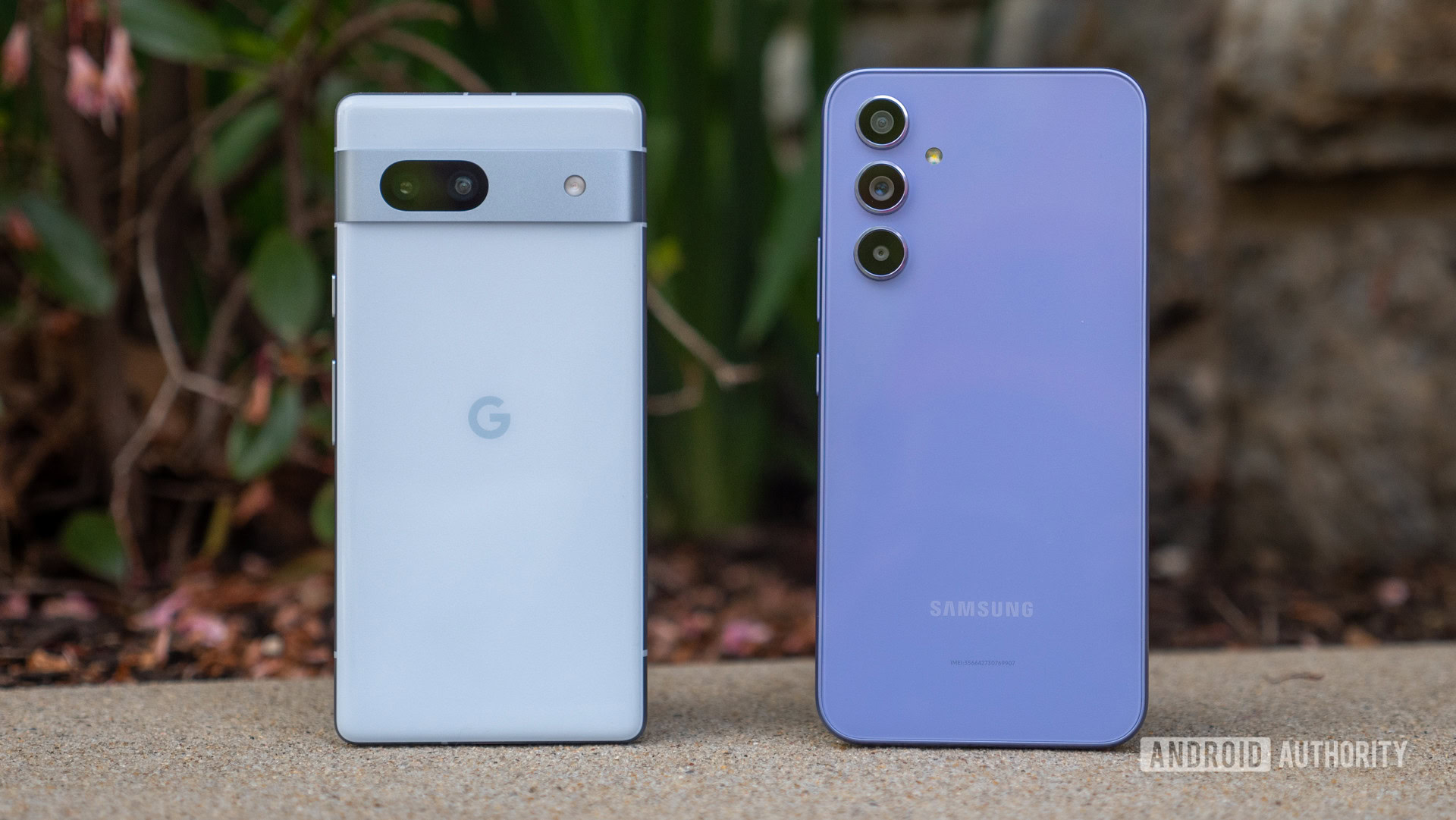
2023 was a great year for mid-range phones, with devices like the Samsung Galaxy A54 and Google Pixel 7a bringing some flagship features (such as water resistance) to a more affordable price point. The Google phone even brought wireless charging to the mid-tier segment. This trend shows no sign of slowing down next year.
A recent Galaxy A55 5G leak points to the mid-ranger gaining a metal frame, which would be a welcome premium addition to cheap Galaxy phones. Rumors also persist that Samsung’s mid-range Exynos silicon will gain AMD graphics, and this could be a big plus for wallet-conscious gamers if it brings strong performance.
We’ve also seen a trend for smartphone brands to bring older flagship silicon to their upper mid-range handsets, and we anticipate this will be the case in 2024 as well. The Snapdragon 8 Plus Gen 1 and Snapdragon 8 Gen 2 will likely still see plenty of use next year.
Throw in leaks pointing to more mid-range phones gaining zoom cameras, flagship camera sensors coming to cheaper phones, and the continued proliferation of super-fast wired charging, and the lines continue to blur between flagship and mid-tier segments.